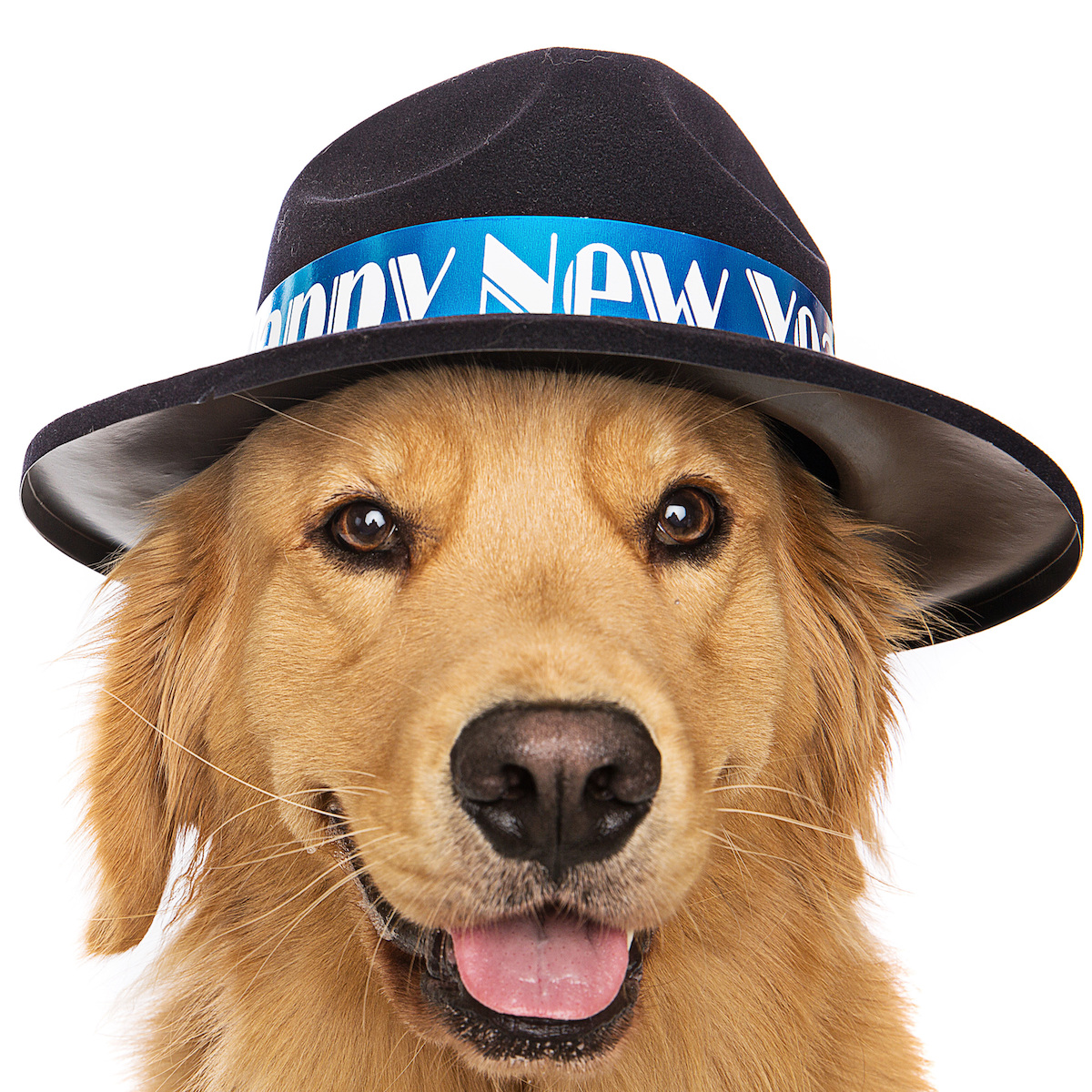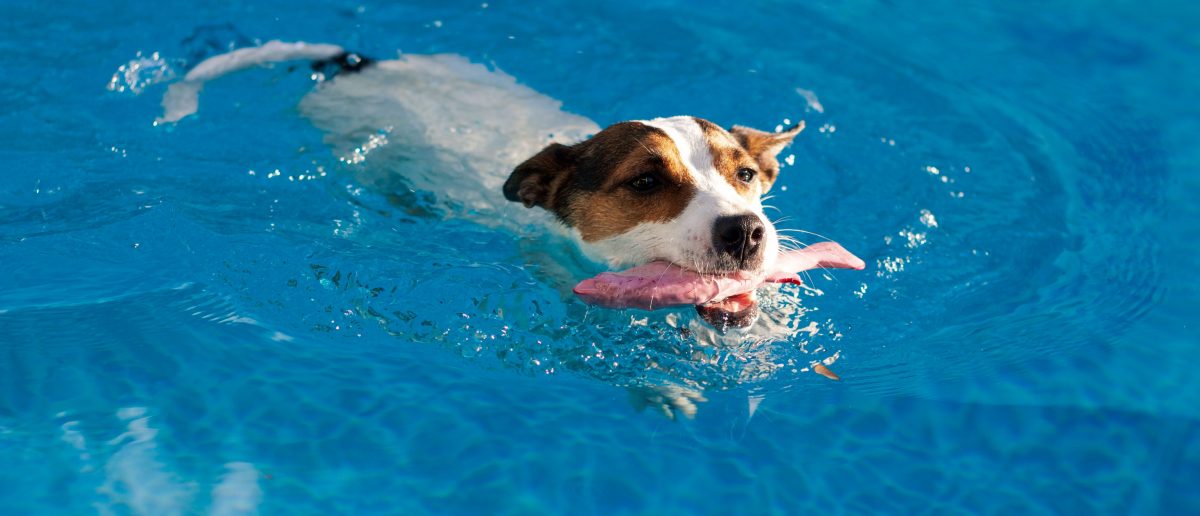Making New Year’s Resolutions are a common practice and tradition for many. Resolutions often include “eating right,” “losing weight” and “exercising more.” These are great goals for us to achieve, but they can also be important for the health of our pets as well. Pet obesity is one of the top 10 ailments that veterinarians see in the clinic on a daily basis, and it’s a challenging condition to treat. Pets who are overweight are predisposed to many other diseases, such as diabetes, joint disease, urinary issues and even skin infections. This New Year, if your veterinarian has discussed with you that your feline or canine companion may be starting to tip the scales, here are some tips to help get them back on track.

Eating right is the first step!
- Your dog and cat should receive 90% of their daily caloric intake from a pet food that is complete and balanced based on AAFCO (Association of American Feed Control Officers) standards. Ideally, the company manufacturing the food completes feeding trials prior to selling the food. Treats and other snacks should make up no more than 10% of the diet.
- If you need to give treats throughout the day for training, a good way to do this without feeding too much is subtract the amount of treats given from their dinner or breakfast meal. You can even use the pet food kibbles as the treats themselves. If they got 20 kibbles throughout the day for training, they should get 20 fewer kibbles at their nighttime feeding.
- Healthy snacks that are low in calories include fresh green beans, carrots, blueberries and pureed pumpkin. However, as with anything in life, these should still be given in moderation as they do have some natural sugars that can inhibit weight loss.
- Your veterinarian can help calculate the number of daily calories your pet should be consuming based on their current weight as well as their goal weight. It is important to not lose too much weight too quickly, so consult with your veterinarian on a weight loss plan for your pet.

Let’s get moving!
- The next step to getting healthy is increasing activity. This should be done slowly for a pet who is normally less active. Begin by increasing walking time by 10% each week. Other ways to make walks more interesting or to increase difficulty would be to walk on the beach and through water. The resistance of water means the dog must work harder and can burn more calories in a shorter distance. This can be great for strengthening hind end muscles as well. A few of our county beaches are dog friendly, including Canova Beach in Melbourne.
- Swimming is an excellent low-impact exercise for older dogs who become sore after long walks. If you have access to a pool and if your pup enjoys the water, encourage weekly swimming sessions to keep their joints lubricated and their bodies moving.
- Cats need exercise too! Feeding cats on the top of their cat tree requires them to climb in order to access their food (however, older cats may have trouble with this, so keep food easily accessible for them). If they enjoy laser pointers or other toys, use them to get them up and moving for at least a few minutes per day.
There are more benefits than just weight loss when it comes to keeping your pet active and fit. Oftentimes, the time spent together on walks and playing fetch can help to increase the bond with your pet while simultaneously keeping you active as well. So when you sit down this year to plan your New Year’s Resolutions, keep your dog or cat in mind as well!




